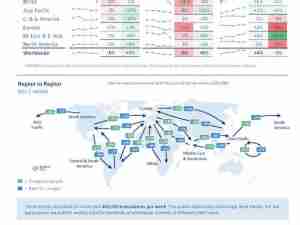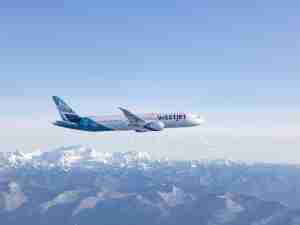Paltry growth in Europe and the United States is damping demand for high-value exports from manufacturers in Asia, especially China, and pushed Cathay's September cargo and mail volume down by 10.1 percent from a year earlier.
"On the cargo side, there was no significant change from the situation in August, with the key Hong Kong and China markets both remaining soft, and demand to long-haul destinations, particularly Europe, below expectations," said James Woodrow, Cathay's general manager for cargo sales & marketing.
"There is no sign yet of the traditional year-end peak beginning," he added.
Cathay is the dominant airline in Hong Kong, the world's busiest air cargo hub, and its cargo flow is a good indicator of export growth in Hong Kong and China, which just reported weaker than expected trade data on Wednesday.
The carrier and subsidiary Dragonair moved a total of 131,443 tonnes of cargo and mail in September, it said.
From January to September, tonnage dropped by 6.4 percent, compared with a capacity increase of 9.8 percent.
However, intra-Asia traffic was holding up well, and flights from most destinations into Hong Kong had been relatively full, Woodrow said.
September passenger numbers rose 3.5 percent to 2.26 million from the same month last year, but there was a fall-off in demand in the back end as expected after the summer peak, it said.
"Premium business held up well in September in terms of volume and yield, with currency movements working in our favour, but the outlook is getting more uncertain as companies begin to review their travel policies in light of the economic situation," said general manager of revenue management James Tong.
Cathay carried 2.1 percent more passengers for the first nine months, while capacity was up by 9.1 percent.
Its cargo and mail load factor was down 5 percentage points to 64.8 percent in September, and the passenger load factor fell by 2.1 percentage points to 79.7 percent last month. (Reuters)






